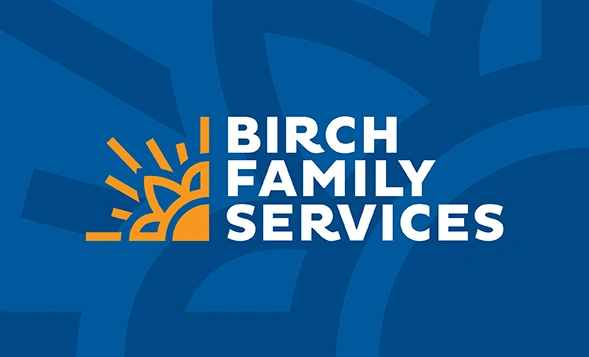What’s the best way to tell your graphic designer that you’re not particularly fond of a design concept? Sometimes it’s hard to deliver bad news to your trusted, right-brained graphic designer but given the “right” constructive criticism and feedback, together you can yield a considerable improvement.
Graphic designers, and other creative professionals, can become emotionally connected to their work. The consummate graphic design professional should be able to absorb your feedback and make necessary changes to get things back on track without becoming a prima donna.
At the beginning of your graphic design project, there should be a clear outline of the project including who the target audience is, the goal of the piece and details of how it is to be completed. This is commonly referred to as a creative brief. A creative brief can include written documents, or an informal kickoff conversation with your designer. However, without the brief, or some other well-defined project scope, a graphic designer’s interpretation of the project solution may not agree with yours. If this is the case, or you just don’t care for the aesthetics of your graphic designer’s solution, try the following methods to improving the design.
Tell the graphic designer what is not working for you, and why
While you may be inclined to try and solve the design problem on your own, leave it up to the graphic designer because that’s their job. Be as specific as you can while providing feedback and avoid generic phrases like “make it more modern” or “can it be more edgy?” or “can you give it more POP?” Instead, a directive such as “it’s really important that the headline be the very first thing we see but I am getting distracted by all of the photos in the design.” This feedback may trigger all of the ways for improvement such as making the headline even bigger, or reducing the number of photos, or changing the color of design elements or the proportional relationship of them.
“I look at Trillion as a partner. I provide the words and leave it to Trillion to translate that into an effective visual message,” says Gretchen Godwin, former marketing manager at the YMCA of Montclair. “When I provide feedback to their graphic designer, we’ll mainly discuss what works and what doesn’t. When something needs refining, I rely on them to use their design expertise to improve upon it and partnering with them in that way has led to many successful designs.”
Share relevant graphic design samples
If you didn’t share samples of other design work that you like from the start, it’s probably a good time to show some now. Talk about the elements of the design samples that you think would be appropriate for your project. It might be a typographic treatment, or multi-column text box, or large headline. Be as specific as you can so your graphic designer can get a better grasp of your thinking, as well as what you believe will suit your audience’s taste.
Re-state the goal of the design piece
When a design goes in a direction that is not targeting the demographic intelligently, you’ll want to steer it back. A common example is the graphic designer who loves to make text small, so small that the older target audience will find it hard to read. Asking your graphic designer to make the text easier to read might entail increasing the size of the typeface or changing the font all together. Giving the designer flexibility in the solution should yield superior results versus attempting to dictate very technically that you want it to be: for example, 10 point Helvetica with 12 points of leading and .125″ of paragraph spacing (unless that’s what your brand guidelines dictates it should be).
Give your graphic designer a chance to talk, too
An experienced graphic designer understands composition and color extensively. With that said, design is subjective and is probably one of the biggest challenges of being a graphic designer. Ask your graphic designer why they made things the way they did. There should be reasons behind it, and some may surprise you. Constructive conversations always spark creative solutions to make the design better. Talking with your graphic designer rather than dictating to them will reduce the chances of your designer wanting to crawl under a rock—or wanting to throw one at you.
The key take-away for working with a graphic designer
Remember that every project requires a little back and forth to get things just right. If your graphic design project doesn’t arrive to you absolutely perfect the first time, it doesn’t mean that it won’t soon after that. It is perfectly normal to have two or three rounds of revisions before the project is ready to be published.
If you are experiencing more “back-and-forth” than is acceptable, contact Trillion. Our award-winning team can help to streamline the design process and make working with a graphic designer productive and smooth as silk.







